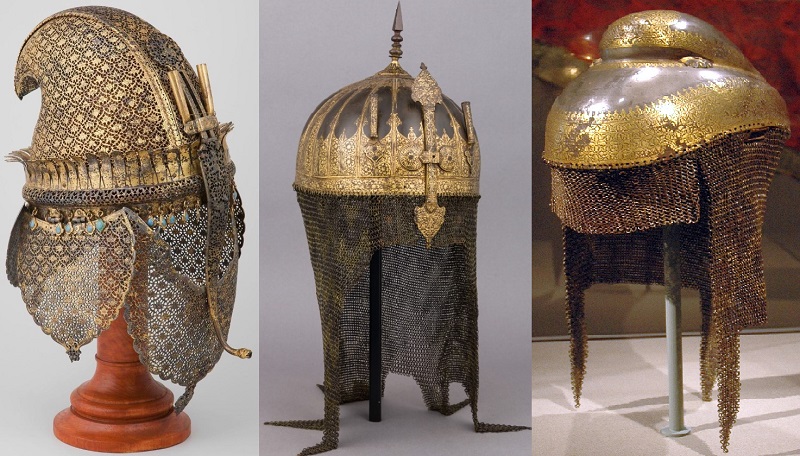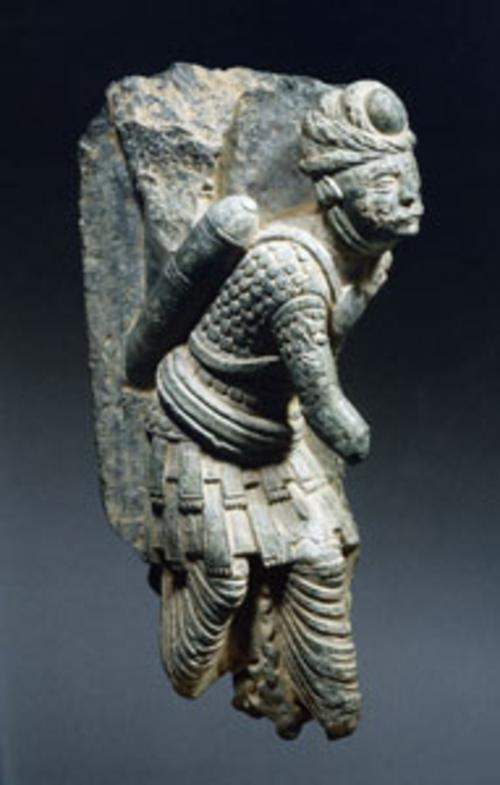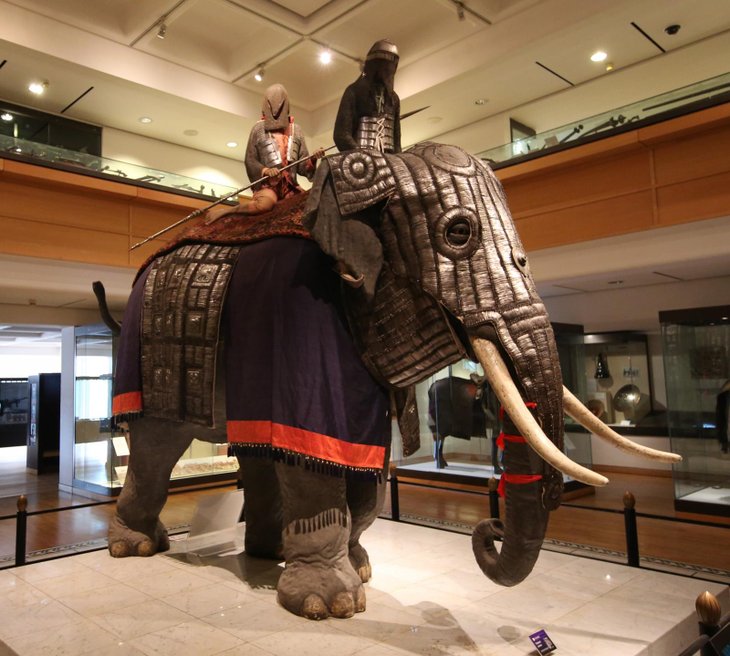The Armor Of The Indian Soldiers At Different Periods In History
Harin - Dec 12, 2019

Since antiquity, the armor was used in the Indian subcontinent. This is the list of armor used by Indian soldiers at different periods in history.
- Delhi Is The World’s Most Polluted Capital City For Three Years In A Row
- Indian Farmers Install High-Tech, Night-Vision CCTV Cameras To Protect Themselves
- Looking For The Best Electric Bike In India 2021? Take A Look At These
Since antiquity, the armor was used in the Indian subcontinent, from the Vedic period. Descriptions about armor can be found in religious texts like the Itihasa epics Mahabharat, Ramayana, and the Puranas.
Don't forget to buy essay to find more information about armors with writing experts.
Vedic period
The Indo-Aryan people are the ones to introduce defensive armor into India. The Rigveda mentioned about the armor:
The armor that Vedic soldiers living in 1500 BC wore was called Varman. According to Edward Washburn Hopkins, the armor was made using metal and covered the shoulders. Different parts off the armor were connected with wires. Metal pieces were connected to each other to create a helmet.
As stated in India’s Ancient Past by RS Sharma, the warriors in this period wore mail armor and bronze helmets. However, archeologists found no evidence to support this statement.
Mythological armor
In Mahabharata, much evidence of the use of armor on the battlefields could be found.
Kavacha
Karna Kavacha: Karna’s father, Surya, gave him the armor when he was born. Even heavenly weapons couldn't penetrate the armor.
Shiva-Kavacha: Lord Shiva’s armor will help make its wielder become invincible.
Khetaka
Jaivardhan: Lord Shiva and Losh Vishnua’s shield.
Shamba’s shield.
Srivatsa: Lord Vishnu’s shield, a symbol that the Hindus worship. The shield is said to on the chest of the god.
Antiquity
Armor is mentioned in Chanakya’s Arthshastra.
Under the rule of King Ajatashatru, the Magadha Kindom rapidly expanded its infrastructure for the military, setting the foundation for later kingdoms in Pataliputra. King Ajatshatru invented the blade chariot called Rathamusla.

While the Bharhut Stupa suggests that soldiers at that time used leather scale armor, the Sanchi Stupa depicts the use of quilted armor.
Many historians described the armor that Kind Porus wore during the battle with Alexander. Greek historian Arrian noted that the armor was well-fitted and shot-proof.
Gupta period
Soldiers in the Gupta period wore scale mail armor consisting of metal and leather. The equipment and technology of the Guptas were over two centuries more advanced than its period. The armor of the soldiers was designed to withstand steel bows. The Gupta Empire’s military was discussed by Siva-Dhanur-Veda. Instead of using horses, the Guptas mainly used armored war elephants. Since the chariots had proved to be not very helpful against invaders including the Greeks, Scythians, and many more, they weren’t preferred by the Guptas. Rather, this period saw the use of heavy cavalry in mail armor, equipped with lances and maces to break the enemy line.

Meanwhile, the soldiers in the Satavahana period wore armor that was inspired by the ones from the Alchon Huns and the Indo-Scythians.
Medieval period
Early Medieval period (from 1206 CE to 1526 CE)
The chainmail armor first appeared in the Indian subcontinent during the 12th century and wore by the Turkic armies. A reference of this armor could be found in the Mularaja II inscription and the Battle of Delhi during which it was used by the war elephants. Sukrita-Kirti-Kallolini by Udayaprabha Suri notes that Malaraja was given an army by Naikidevi. This army helped Mularaja defeat the Hammira and his mlechchha army with soldiers covered head-to-toe.
Later Medieval period (from 1526 CE to 1757 CE)
Mughal armor
In the 16th century, the Indian subcontinent’s armor went through a lot of upgrades. The Mughals widely used armor like scale mail and chainmail. Armor was used until the 1757 Battle of Plassey.

Mughal helmets
While there are some similarities in the design, there are some differences depending on the cultures. Decorations were often made in the skull as well as the nasal bar. The decorations included inlaid brass’ patterned motif in silver or gold or with figurative images. Quran’s calligraphic inscriptions were featured on one Mughal helmet while another one found in Gwalior, India had a motif of the sign with the skull and crossbones as an influence from the European. Another artistic decoration on the Kula Khu helmet was the nasal bar’s leaf-shaped finials. The Ganesha was also carved on the nasal bar of a Sikh top. The Kula Khud helmet usually didn't have any organic decorations, only some metals.

Maratha armor
There is a great similarity between the Maratha armor and the Mughal one. However, in the Maratha army, the armor was equipped for the infantry while the cavalry was lightly armored like the leather armor. The armor of the Maratha armor was inspired by the one from the Mughal.

Featured Stories

Features - Jul 01, 2025
What Are The Fastest Passenger Vehicles Ever Created?

Features - Jun 25, 2025
Japan Hydrogen Breakthrough: Scientists Crack the Clean Energy Code with...

ICT News - Jun 25, 2025
AI Intimidation Tactics: CEOs Turn Flawed Technology Into Employee Fear Machine

Review - Jun 25, 2025
Windows 11 Problems: Is Microsoft's "Best" OS Actually Getting Worse?

Features - Jun 22, 2025
Telegram Founder Pavel Durov Plans to Split $14 Billion Fortune Among 106 Children

ICT News - Jun 22, 2025
Neuralink Telepathy Chip Enables Quadriplegic Rob Greiner to Control Games with...

Features - Jun 21, 2025
This Over $100 Bottle Has Nothing But Fresh Air Inside

Features - Jun 18, 2025
Best Mobile VPN Apps for Gaming 2025: Complete Guide

Features - Jun 18, 2025
A Math Formula Tells Us How Long Everything Will Live

Features - Jun 16, 2025
Comments
Sort by Newest | Popular